Robotic Exoskeletons: 7 Assistance Applications
The field of robotic exoskeletons has transformed how we think about
human-machine interaction. Engineers, researchers, and designers are creating groundbreaking systems that assist users with everyday tasks and challenging work demands. This article will guide you through the evolution, technological integration, real-world applications, and future trends of these systems.
In recent years, these systems have shown promising developments in multiple sectors such as healthcare, industry, defense, and sports. Whether it is for enhancing physical performance or aiding recovery, innovators have pushed the boundaries of what these devices can achieve. The journey from bulky prototypes to precision-tailored devices is truly inspiring.
Throughout this article, you will learn about key milestones, advanced components, and case studies that illustrate practical benefits. Each section is designed to answer critical questions that might arise as you explore the topic. Your thoughts and experiences are welcome, so please feel free to share your feedback and insights as you read along.
Introduction to Robotic Exoskeletons
Key Concepts Robotics
Robotic Exoskeletons are engineered devices that work in tandem with human movement to provide increased support, reduced strain, and enhanced capability. They are designed using sophisticated sensors and control systems that adapt to the wearer’s movement, ensuring natural integration with the body. Developers rely on interdisciplinary fields such as biomechanics and mechatronics to bring these devices to life.
The underlying principle is to supplement the user’s strength and endurance while minimizing fatigue. By using lightweight materials, the devices deliver precise movements during rehabilitation or strenuous industrial tasks. The evolution of these systems heralds a new era where human performance is extended by advanced mechanical supports.
Have you ever wondered how your own body’s capabilities might be amplified with extra mechanical assistance? For more information on the basic principles, consider exploring details available from
Wikipedia (overview).
Fundamental Technologies
The core technologies behind these devices include advanced sensors, electric actuators, and real-time feedback systems. Sensors constantly monitor the user’s motions and physiological indicators, enabling the device to adjust quickly in dynamic environments. Integration with digital control systems ensures that the output is seamless and in tune with human movements.
Lightweight composites and enhanced battery capacities mean that modern devices can run for hours without fatigue. Control algorithms based on
machine learning offer adaptive responses that tailor assistance levels to personal needs. This combination of hardware and intelligent software paves the way for smoother and safer human-machine interaction.
What are your thoughts on a future where everyday tasks might be supported by such groundbreaking
technology? For additional context, visit
detailed study on mobility.
Evolution and History of Robotic Exoskeletons
Historical Milestones Robotics Advancements
The journey of these devices began in the late 1800s with mechanical braces supporting posture and mobility. Early prototypes were simple, static, and designed mainly for supportive purposes. Over the decades, inventors refined these concepts, leading to the creation of powered suits like the Hardiman in the 1960s.
In 1965, General Electric and the U.S. military pioneered a concept that amplified human strength, albeit with significant limitations such as immense weight and unstable control. In the 1970s, research institutions like the Mihajlo Pupin Institute and the University of Wisconsin furthered the development, creating functional prototypes for medical and industrial use. This period marked the gradual shift from theoretical designs to more practical systems.
How do you see the evolution of mechanical suits influencing modern innovations? For more historical context, check out the
industry evolution article.
Global Developments
Across the world, research and innovation in these systems have expanded significantly. Japan and South Korea, in particular, have made notable contributions, developing elegant devices primarily for elderly care and rehabilitation. In contrast, the United States and Europe have focused on military and industrial applications.
Companies such as Ekso Bionics, Sarcos Robotics, and ReWalk Robotics have emerged as
global leaders, each advancing integrated features from FDA-approved systems to prototypes enhancing load carriage for soldiers. Regional investments and policy support have fueled growth and improved economic feasibility over time. These efforts have ultimately led to commercial devices with broad market acceptance.
Could you imagine how global collaboration might shape future developments in this arena? For further insights, visit
innovation trends detail.
How Wearable Robotics Enhances Robotic Exoskeletons
Integration of Advanced Sensors Artificial Intelligence
Integration of advanced sensors has transformed these systems into precise companions in human physical tasks. Devices now incorporate inertial measurement units, electromyography sensors, and
force sensors to detect subtle user movements and intentions. These data points feed into intelligent control systems, ensuring that assistance is provided in real time.
The
sensor fusion enables the device to interpret body mechanics accurately, reducing latency and minimizing energy wastage. This advancement is pivotal to achieving harmony between human motion and mechanical support, providing a smooth and intuitive experience. Enhanced sensor technology ensures that the user’s actions are mirrored by the device almost instantaneously.
Have you ever considered the complexity hidden within these sensing technologies? For more technological insights, please visit
exoskeleton history on Wikipedia.
Innovative Actuation Systems
The performance of these systems greatly benefits from cutting-edge actuator designs. These actuators use electric motors, hydraulics, or pneumatics to deliver rapid and controlled movement. Improvements in materials science have allowed for designs that are both lightweight and powerful.
Modern devices can operate for several hours on a single charge, thanks to significant advancements in
battery technology. Adaptive control methods using algorithmic adjustments further contribute to the dynamic response of the systems. In this way, actuation systems help bridge the gap between static mechanical support and fluid, natural movement.
What future innovations in actuation technology do you anticipate could revolutionize these devices further? For more on actuation system specifics, refer to
research on prosthetic integration.
Human Augmentation Systems and Their Applications
Medical and Rehabilitation Uses AI and Robotics
Medical applications of these systems have been transformative for patient rehabilitation and recovery. Devices are used to assist individuals recovering from spinal cord injuries, strokes, and other mobility-impairing conditions. Their precise control systems facilitate tailored exercise programs that speed up recovery time and improve overall quality of life.
For instance, systems like ReWalk have enabled over 400 paraplegic users to regain the ability to walk, demonstrating significant improvements in quality of life. These applications harness innovative technology to restore movement and independence among patients. Clinical trials and ongoing studies continue to enhance the efficacy of these devices.
Have you or someone you know witnessed such medical advancements? For more information on clinical applications, you can explore additional details available
here (detailed study on rehabilitation).
Industrial and Military Deployments
In industrial environments, these devices offer a promising solution to reducing worker fatigue and injury. Factories, logistics centers, and construction sites have adopted mechanical exoskeletal supports to improve productivity and safeguard employees. Significant reductions in injury rates have been reported after deployment in manufacturing lines.
Military applications are equally impressive, with prototypes designed to help soldiers carry heavy loads with minimal strain. In tests, soldiers have been able to move 200+ lbs with reduced signs of fatigue. These devices not only increase physical endurance but also enhance overall performance under demanding conditions.
What improvements do you think are necessary to further boost confidence in these systems in high-risk environments? For further reading on successful deployments, please refer to additional details on the industrial front provided by experts.
Real-World Case Studies of Robotic Exoskeletons
Success in Therapy and Rehabilitation Industrial Automation
Diverse case studies showcase the transformative impact of these systems in real-world settings. In clinical trials, devices like ReWalk have enabled individuals with severe mobility impairments to walk again. Over 400 paraplegic users have reported dramatic improvements in quality of life following usage and therapy sessions.
Additional systems, such as EksoNR and suitX Phoenix, have accelerated recovery times by up to 30%. These systems are backed by rigorous research and undergo extensive clinical testing to ensure safety and efficacy. The success of these products is a testament to the
collaborative work done by biomedical engineers and clinicians.
Can you imagine the social and economic benefits if such rehabilitation becomes widely accessible? For more detailed case insights, consider exploring further studies from reliable industry sources.
Industrial and Military Successes
Industrial applications have also reaped significant benefits. Ford Motor Company, for instance, observed a 70% reduction in worker injury rates after implementing these devices in assembly lines. This dramatic decrease is attributed to improved worker ergonomics and repeated task assistance, ultimately enhancing overall productivity.
In military contexts, trials with models like Lockheed Martin’s ONYX and the Sarcos Guardian XO reveal that soldiers manage to carry heavy loads with relatively less fatigue. These successes are validated by field data and comprehensive test reports, further establishing the case for their broader deployment. The integration of these systems in demanding work environments has led to substantial operational improvements.
Have you experienced similar success stories in your workplace? For more detailed accounts, please refer to external
documentation and reports that further elaborate on these findings.
<
div class=”comparison-table-container”>
Comprehensive Comparison of Case Studies
Innovative Applications and Their Impact
| Example |
Application |
Impact |
Region |
| ReWalk Robotics |
Spinal Injury Rehab |
400+ users walking again, improved QoL |
US/Europe |
| Ford Integration |
Industrial Automation |
70% injury reduction, boosted productivity |
US/Europe |
| Lockheed Martin ONYX |
Military Load Support |
200+ lbs load carriage with less fatigue |
US |
| Cyberdyne HAL |
Elderly Mobility Aid |
Served 300+ hospitals, increased independence |
Japan |
| Stanford Motorized Boot |
Athletic Performance |
14% energy cost reduction in running trials |
US |
Conclusion
The exploration of robotic exoskeletons has revealed a complex, rapidly evolving landscape. This review has shown how technologies that once only existed in science fiction have matured into reliable tools capable of transforming healthcare, industry, and beyond. Every system reviewed here demonstrates significant potential to enhance human capabilities, pushing the boundaries of what is possible.
We invite you to share your thoughts on these innovations. Have you seen these devices in action or experienced their benefits firsthand? Your experience is important to the ongoing dialogue shaping this field.
For more information on related topics, please explore additional articles in Robotics & AI. If you have any questions or feedback, feel free to
Contact. Your input can help drive further advancements and innovation in this exciting area.
Robotic Exoskeletons – Captivating Horizons
This narrative invites you into a perspective where innovation and creativity converge to redefine how we approach everyday challenges. Imagine a realm where the usual constraints of physical performance yield to a carefully designed synergy between human intent and precise mechanical support. In this visionary space, the focus is on the artistry of creation and the relentless pursuit of refined engineering, all driven by the passion to offer gentle, supportive aid to daily life. The interplay of smart materials, responsive control algorithms, and fluid dynamics creates an environment in which every movement is elegantly enhanced.
Within this forward-thinking landscape, the journey is as important as the destination. Each breakthrough reflects countless hours of research and experimentation, culminating in devices that echo the aspirations of inventors and end-users alike. The narrative is filled with moments of discovery that challenge conventional boundaries and motivate
continuous improvement. As quality and comfort become paramount, designers seek to harmonize function with form, ensuring that each innovation is both visually appealing and purposefully practical.
This encapsulation of ingenuity and persistence serves as a tribute to the countless efforts that have made modern
support systems a reality. It is a call to embrace a future where innovation is not only measured by technical metrics but by the transformative impact it has on our way of life. With each step forward, the potential for new, unanticipated benefits emerges – a testament to human creativity at its finest. This vision offers an invigorating reminder that every innovation brings us closer to a world replete with possibility and subtle wonder.

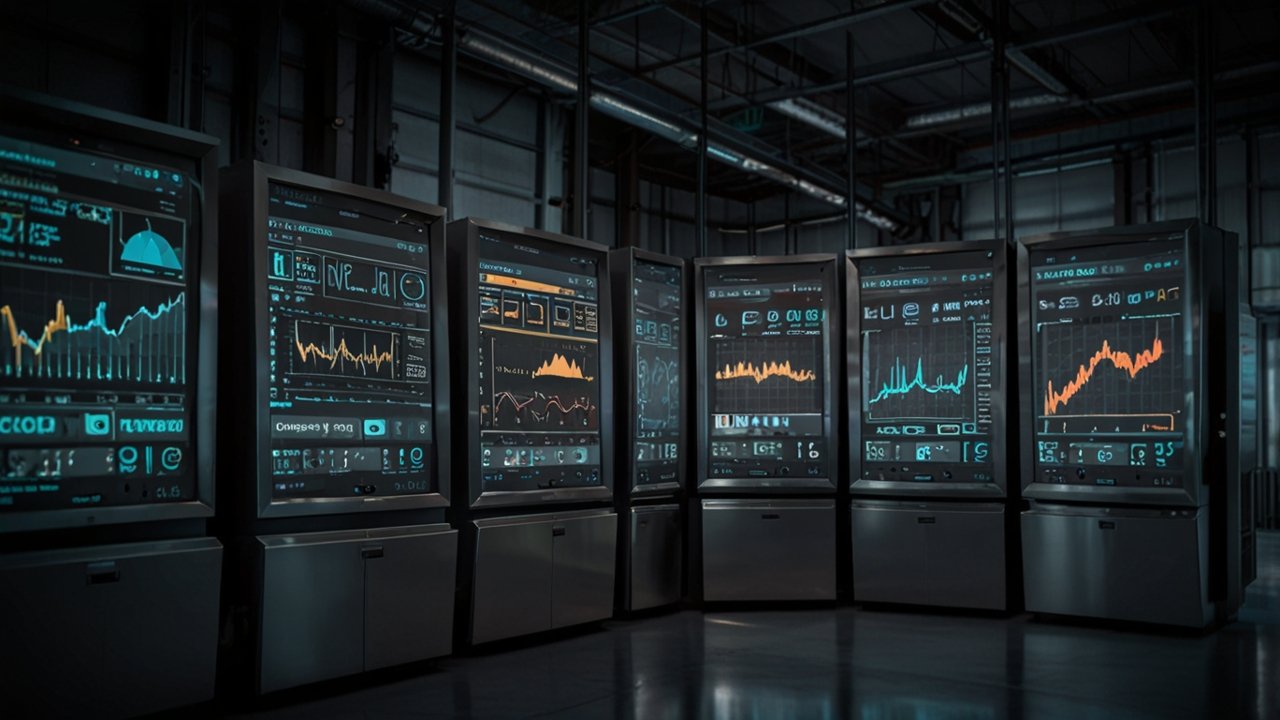
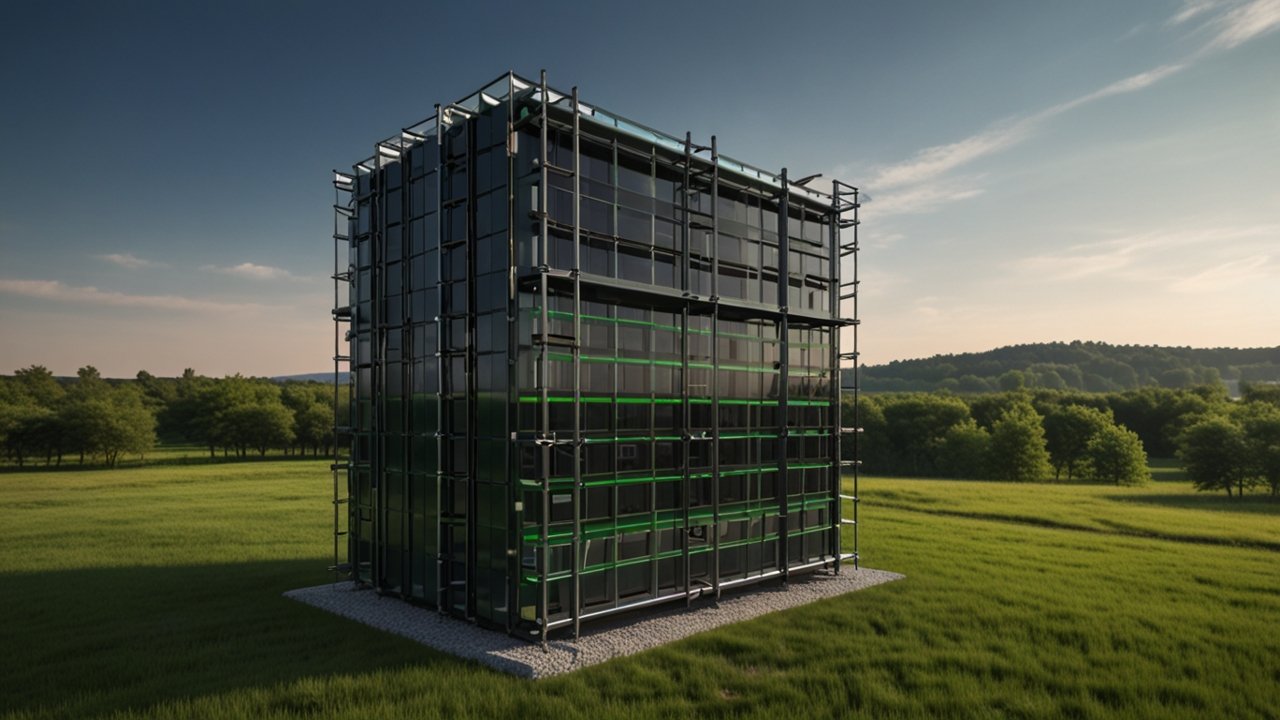
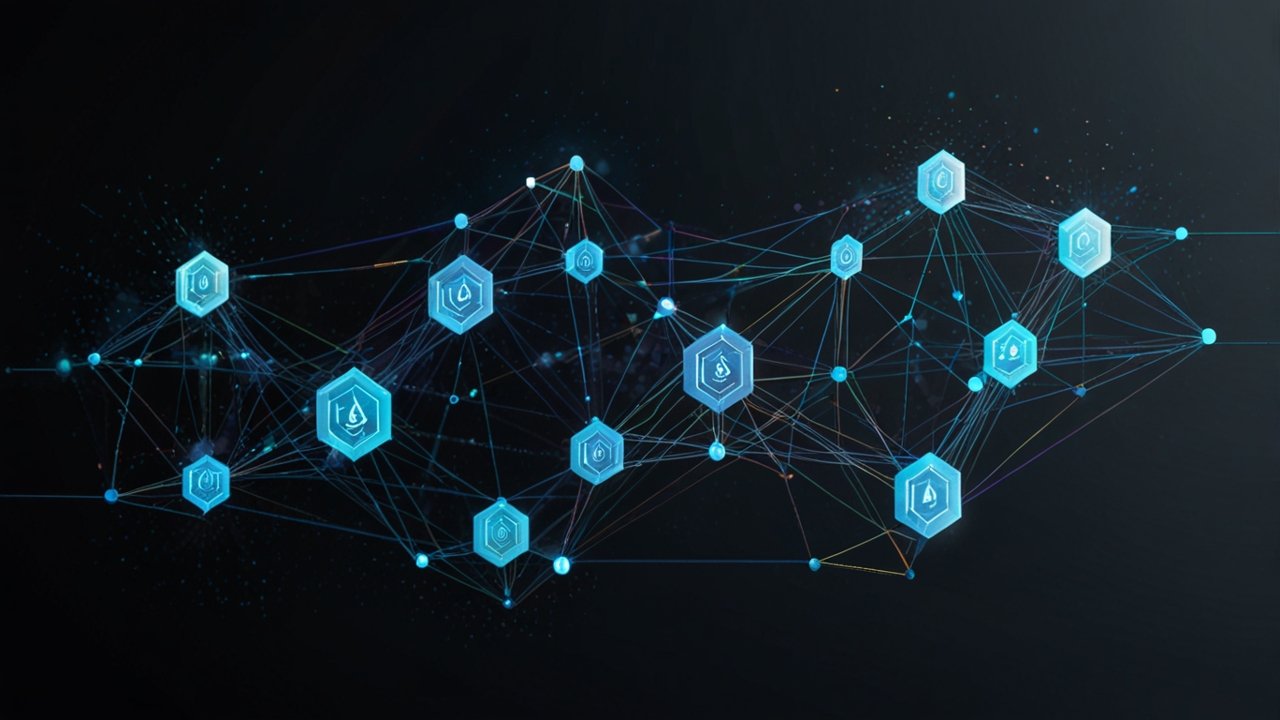
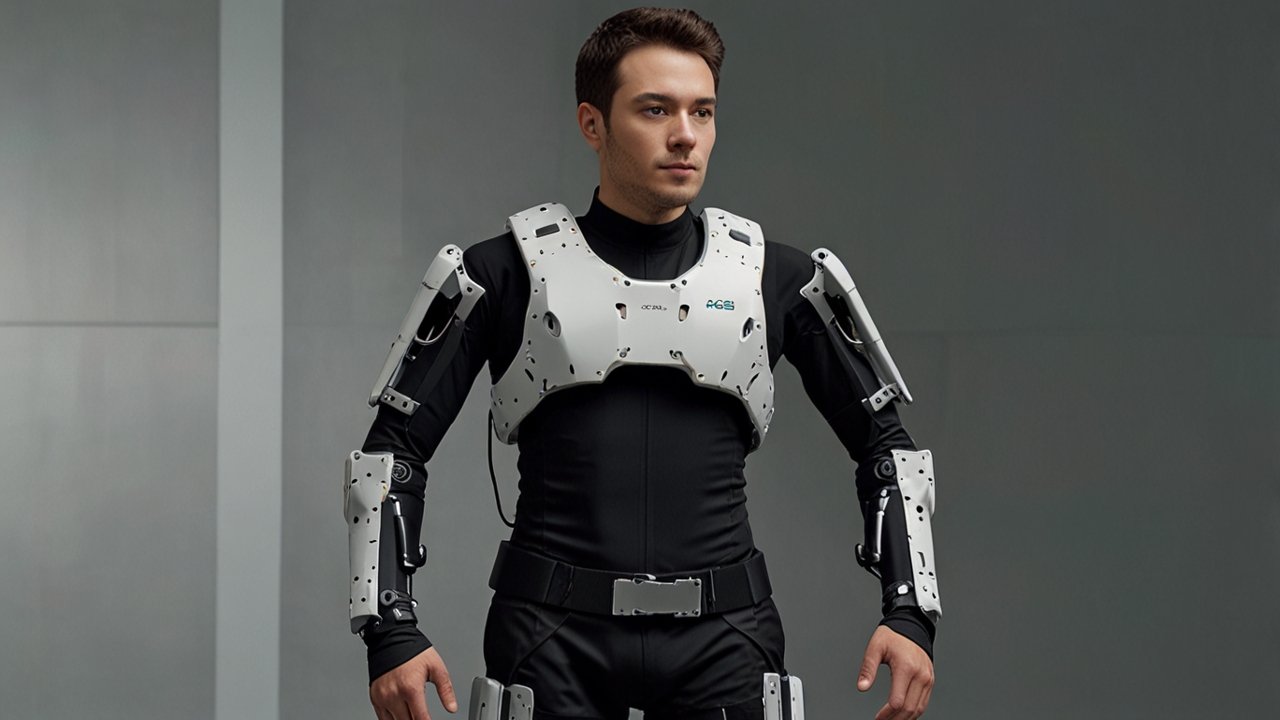









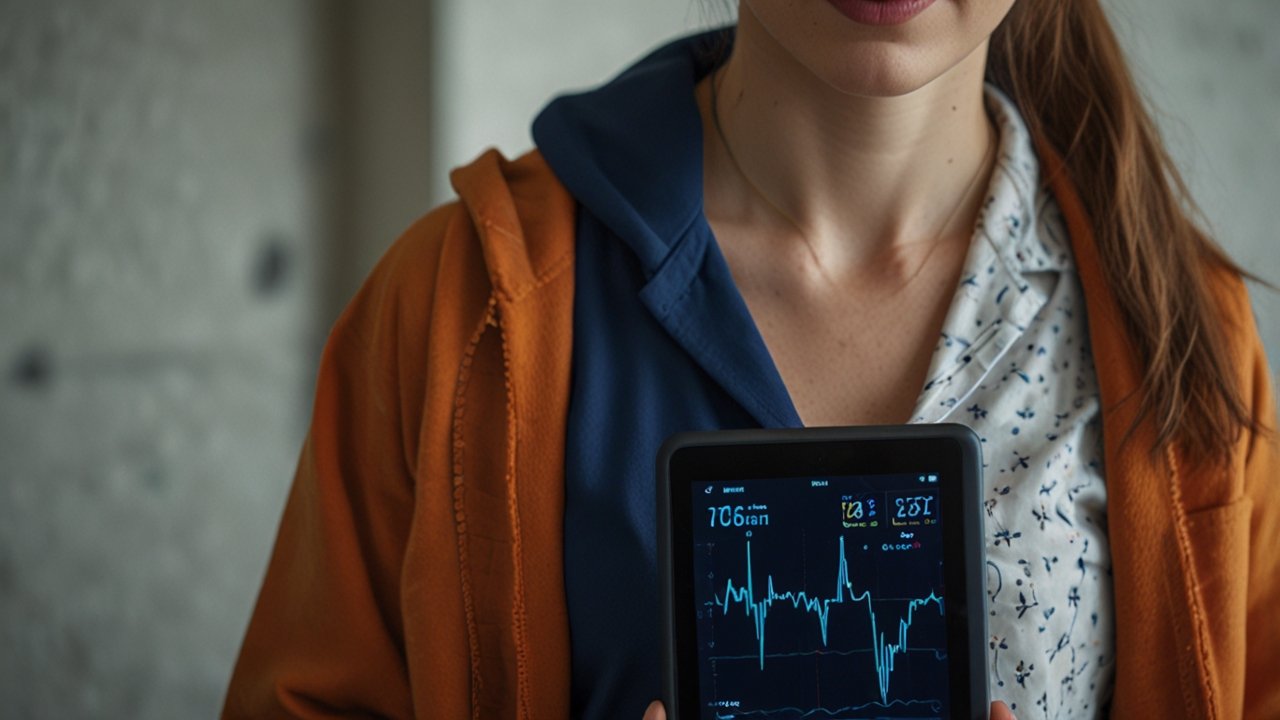

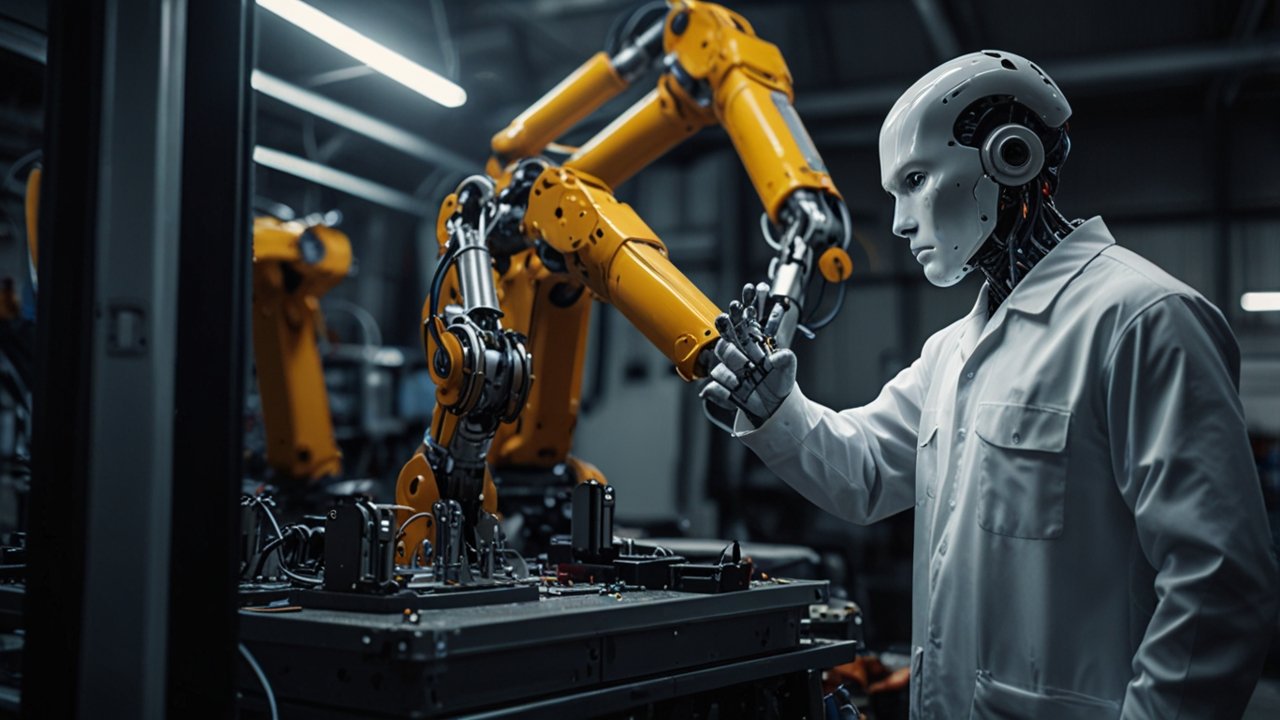

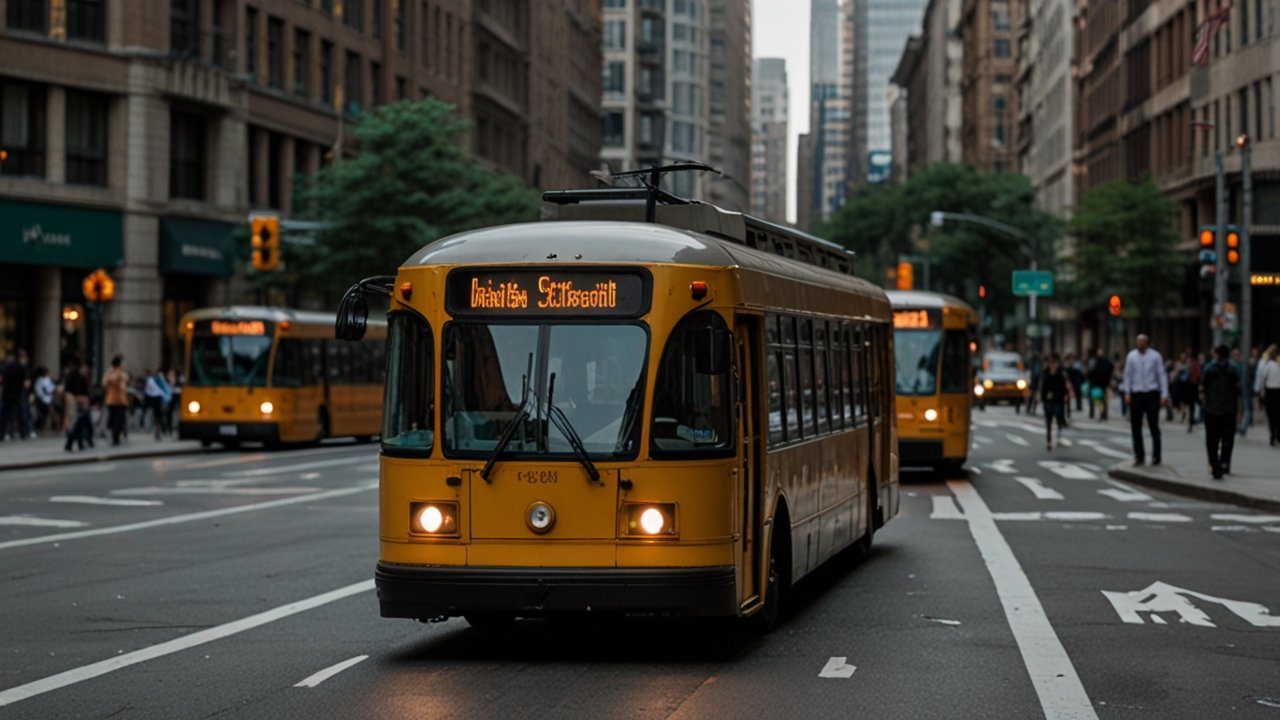

Leave a Reply